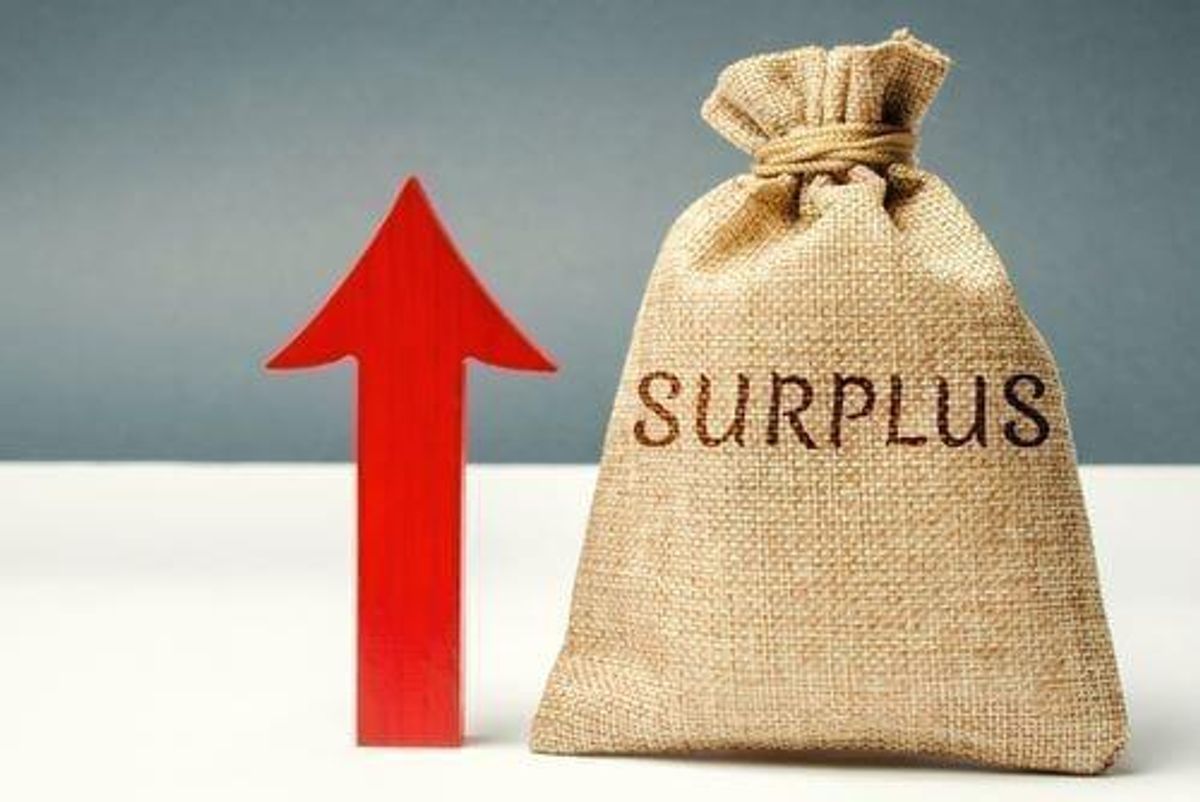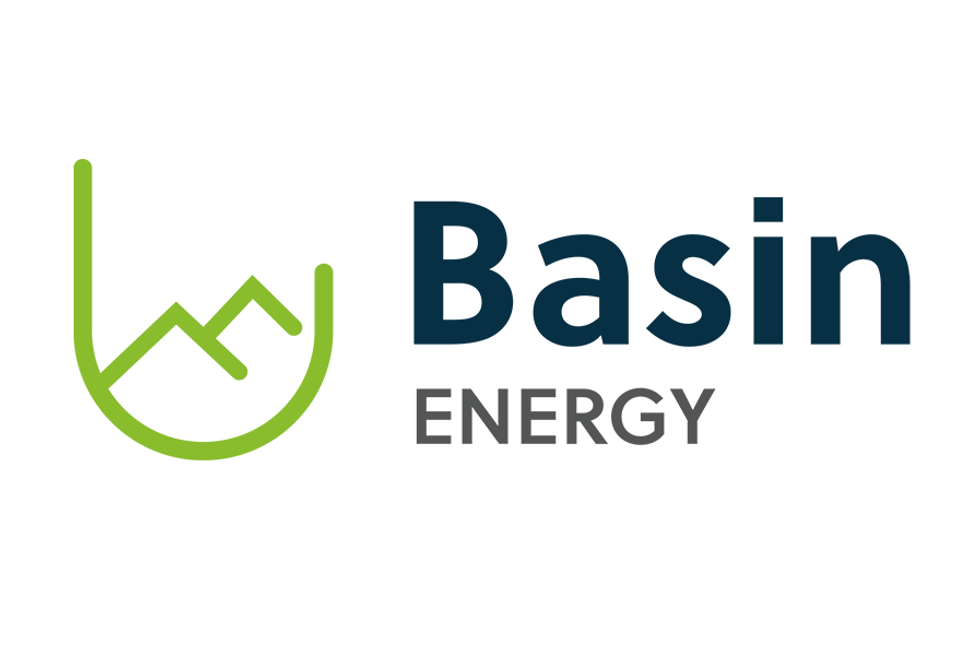
If US President Donald Trump’s budget proposal is approved, there will be US$150 million earmarked annually for a domestic uranium stockpile. But where will the uranium come from?
News that US President Donald Trump’s 2021 budget proposal allocates US$150 million annually to build a domestic uranium stockpile has been warmly received by the sector, but it likely won’t be enough to jumpstart sustained price growth.
The U3O8 spot price has been rangebound below US$26 per pound for much of the last year, and hasn’t broken past the US$30 level since February 2016.
The stockpile being proposed by Trump is one of the first actionable items following the prolonged Section 232 foreign uranium imports investigation, which resulted in the formation of the US Nuclear Fuel Working Group. The task force is comprised of market participants, utility companies and government officials, and is geared at investigating the American nuclear fuel cycle.
While the general consensus is that US$150 million worth of purchases (roughly 6 million pounds at current prices) won’t be enough to pull the uranium sector out of its stagnation, it is a strategic move to secure a domestic surplus ahead of a potential global uranium shortfall.
The US produces roughly 1.5 million pounds of uranium each year, significantly less than the annual 6 million pounds the stockpile calls for, raising the question of where the majority of the energy fuel will come from and what the impact will be for the broader sector (if any).
“As it stands right now, based on the current configuration of prices and amounts, the US domestic industry would not be able to meet that requirement,” Adam Rozencwajg, managing partner at Goehring & Rozencwajg, told the Investing News Network.
The head of the market insight firm offered three ways the Trump administration might fill the proposed stockpile quota, each of which would impact the market differently.
The first would see the existing 1.5 million pounds produced domestically bought at current prices, with the rest of the US$150 million being used to purchase uranium from outside of the US.
“If that’s the case, what we’re talking about is 6 million pounds of new demand yearly, for the next decade, going into effectively this US stockpile, so that in and of itself would be fairly bullish for global uranium markets.
“(If you view) that new stockpile demand as a country, that would be the sixth largest country in the world as far as demand goes. So that would be fairly material,” Rozencwajg said to put it into perspective.
Scenario two would also involve purchasing the entirety of current domestic supply, then deferring the remainder (some US$112.5 million in the first year) for the future.
This would be the least impactful move in terms of the global supply and demand balance, because it would only call for 1.5 million pounds of new demand with a domestic production stipulation.
The third option, according to Rozencwajg, has raised some concern and would be the most impactful.
That’s because it calls for the government to change the price it is willing to pay in an effort to incentivize new mines being built and brought online.
“There the idea is, at US$25, which is basically the spot price today, you cannot incentivize the necessary 6 million pounds of U3O8 in terms of US production,” he explained. “So what happens if they all of a sudden offer US$50, US$60 or US$70, which would then help to incentivize the next generation of new mines being brought online.”
The current price, US$24.70, is far below the cost of production. A price of at least US$50 is often used as the threshold number that would get producers to ramp up output or restart shuttered mines; however, the spot price hasn’t broken past the US$30 level since February 2016, and it hasn’t surpassed US$50 in almost eight years, last doing so in June 2012.
Rozencwajg sees this third option as the most complex, presenting several questions. The first is: “Are you bringing on new material that effectively is not needed in the global supply and demand balances to meet the stockpiling in the short term?”
Another important thing to consider is what this means for demand. “If you are forced to pay US$50 or US$60, you’re only talking about 3 million pounds of demand from this new stockpiling source in order to exhaust that US$150 million per year budget line item,” explained Rozencwajg. “So the higher price you pay, the fewer pounds you need.”
This scenario would then call for only 1.5 million pounds of new production, a very small number in terms of global annual output and drastically less than then the 25 percent of domestic demand the Section 232 petition launched by Energy Fuels (TSX:EFR,NYSEAMERICAN:UUUU) and Ur-Energy (TSX:URE,NYSEAMERICAN:URG) originally called for.
“What’s interesting about this measure being put forward is that it’s a dollar amount, and it’s not a volume or weight amount,” said the energy analyst. “So whereas the original 232 proposal contemplated the idea of meeting 25 percent of domestic US demand from domestic sources, that effectively would mean that 10 million pounds of US-sourced uranium at any price would be required for the market. And here, we’re saying something very, very, very different.”
Regardless of how much U3O8 the US$150 million buys, if the budget proposal is approved, there is still a potential shortage on the horizon, which will only be compounded if the US begins demanding 1.5 million to 4.5 million pounds annually.
The shortfall will be fueled in part by Cameco (TSX:CCO,NYSE:CCJ), one of the largest global producers, purchasing anywhere from 20 to 22 million pounds off the spot market.
Prolonged depressed prices forced the uranium producer to curtail production in 2018 at its McArthur River mine in Saskatchewan, the largest high-grade uranium mine in the world. The temporary closure has removed approximately 11 million pounds of annual production from the market.
Although production has ceased at McArthur River, Cameco still has contracts to meet. In 2019, the company delivered 130 million pounds of U3O8, of which 19 million pounds were purchased off the spot market. The market had anticipated the company would purchase more in 2019, which would have helped to bolster prices. However, that did not occur.
As Rozencwajg noted, the company really has no choice at this point as its inventories have been reduced to roughly 7 million pounds; it will need to purchase roughly 20 million to 22 million pounds off the spot market by its own admission.
“I think in 2020 we could see quite a sharp move in spot uranium prices. And the reason for that is Cameco finally will have to go back into the spot market,” he said.
Supply has been further constrained by a production cut by the world’s top producer, Kazatomprom. It will remove 5,600 metric tons, or 11.2 million pounds, from the market by the end of 2021.
The steady output decline resulted in global supplies only meeting 83 percent of worldwide demand in 2018, the lowest since before 2009, and production in 2019 is estimated to have been lower than 2018’s 126 million pounds (63,087 metric tons).
“I think 2020 will be a year of sharply rising uranium prices on the spot and term market because of the fact that there’s going to be this fairly substantial buying pressure from companies like Cameco and others in the spot market, as well as renewed activity in the utility contracting market,” said Rozencwajg.
Utility companies are the primary buyers of U3O8, and they did not come to market in 2019 as they did in previous years. Many have speculated that the energy producers are awaiting some finality in the Section 232 investigation before signing contracts.
Despite the US$150 million a year stockpile not having the effect on uranium prices that many had been hoping for, Rozencwajg sees the move as a positive step towards integrating nuclear power into the green energy narrative, especially as more countries work to meet emission reduction targets.
“I do think that there’s a little bit of a change in sentiment. You can read op-eds now from diverse newspapers, conservative papers like the (Wall Street Journal) and more liberal papers like the New York Times, and everyone is sort of coming to the same agreement that if we want to be serious about reducing carbon, then nuclear has to play a key role in that.”
Don’t forget to follow us @INN_Resource for real-time news updates!
Securities Disclosure: I, Georgia Williams, hold no direct investment interest in any company mentioned in this article.
Editorial Disclosure: Energy Fuels is a client of the Investing News Network. This article is not paid-for content.
The Investing News Network does not guarantee the accuracy or thoroughness of the information reported in the interviews it conducts. The opinions expressed in these interviews do not reflect the opinions of the Investing News Network and do not constitute investment advice. All readers are encouraged to perform their own due diligence.





